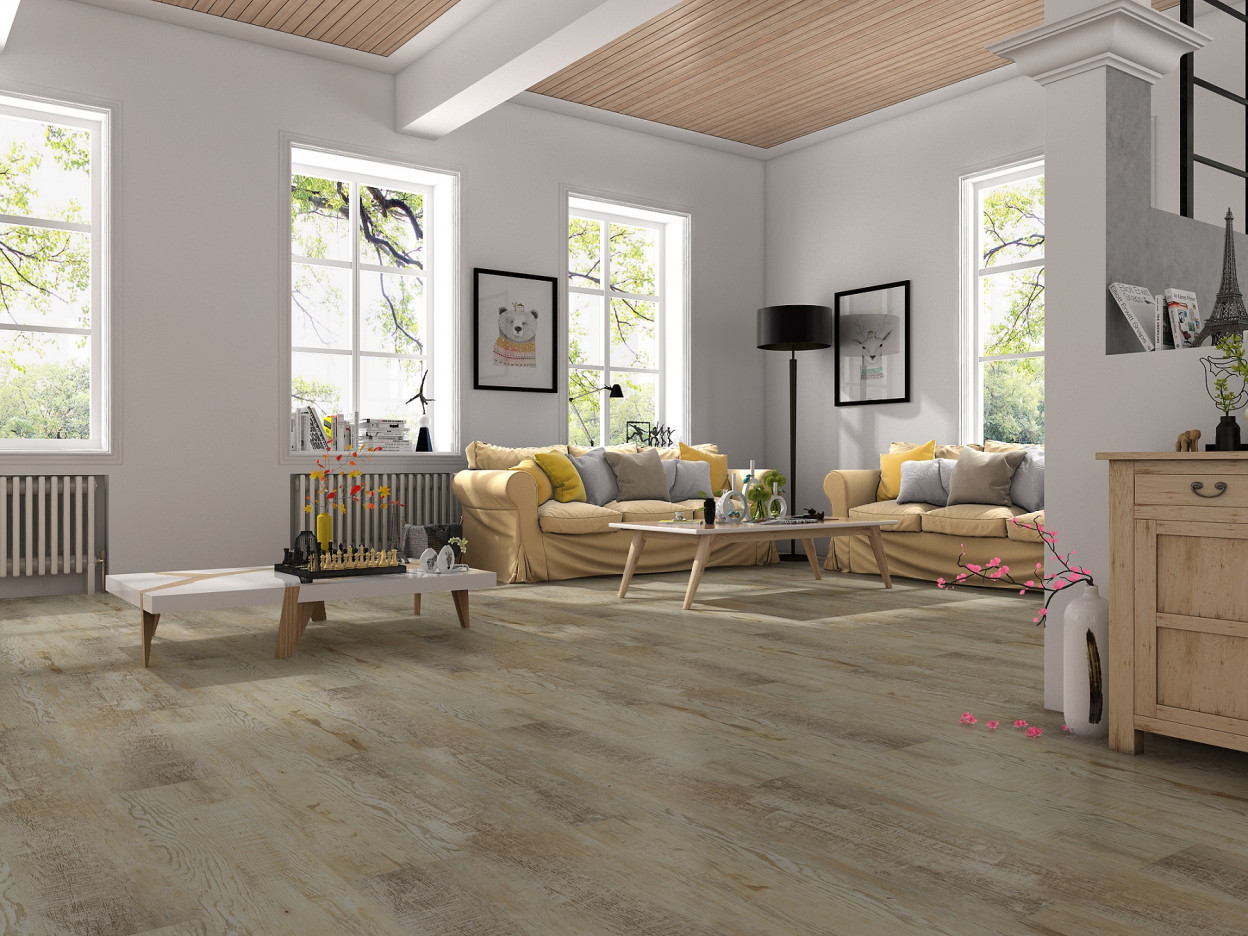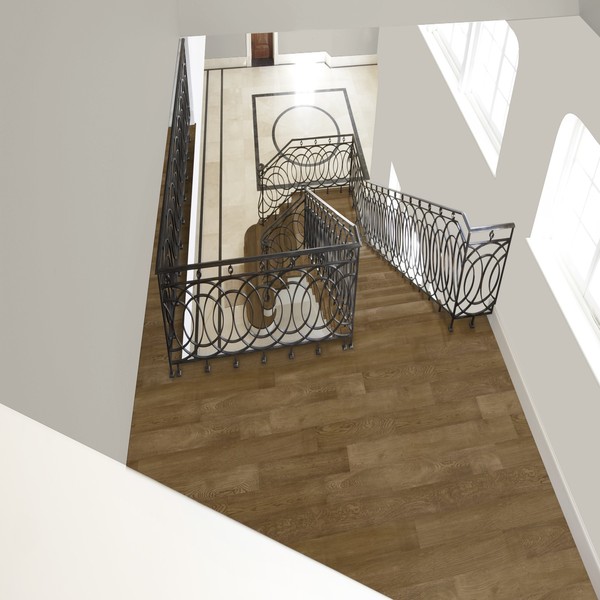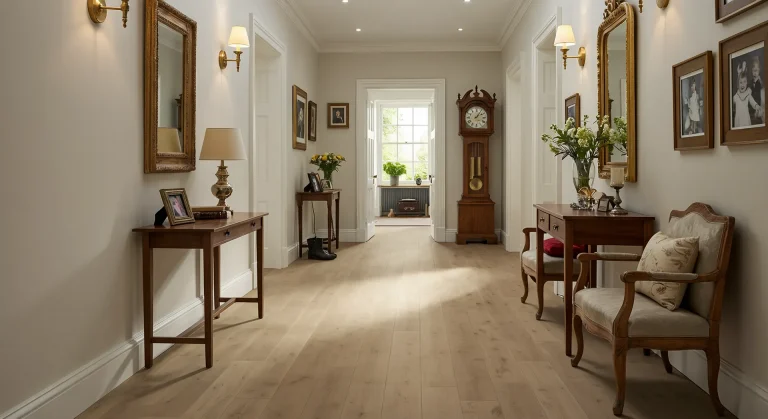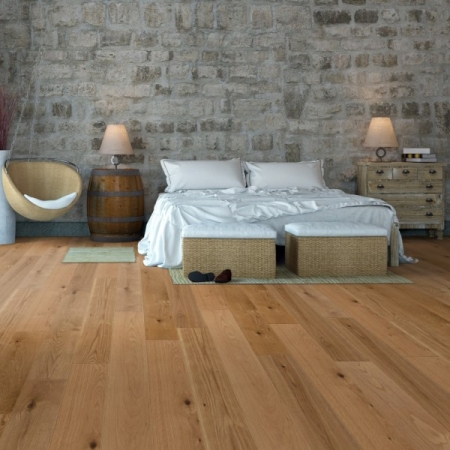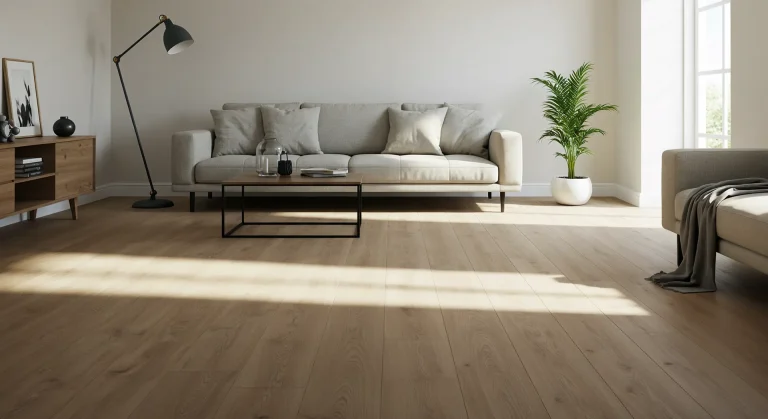Dining rooms. A place for family and friends to share a meal and deepen the ties that bind – or argue incessantly. Either way, it’s one of the most essential rooms in the house where parents have a captive audience in their children and ban tech devices for a short while.
Great halls served as dining rooms in the middle ages, with positions far away from the kitchen. Not so much for ordinary people, who had an area in the kitchen, or adjacent to it (what is now sometimes called a breakfast nook), specifically designated as a dining area. Social norms changed after two world wars, and today’s family life is busy and fast-paced. Vinyl flooring fits into this lifestyle, making your dining room a more perfect living space.
From 1930, evolution saw dining rooms change to more intimate settings and locations closer to the kitchen. Children were not always allowed at the main table, but families often chose to dine together – sometimes in the kitchen. In the 1950s, as women began to enter the workforce, convenience became critical. Vinyl flooring in the dining room and kitchen was ideal. It offered easy clean-up and looked great.
By the 1970s, the open floor plan combined living and dining areas. Today’s dining room still has a dining table and chairs, but games nights, homework, and office work often happen at the table too. Flooring is a way to enhance your living space and needs to be versatile enough to cover the combination living room and dining space. Vinyl flooring is not only multifaceted, but Luxury vinyl flooring is perfect for just that!
Types of Dining Room Flooring
Faced with many choices – and different priorities, the more common floors are:
- Hardwood Floors: A traditional floor – when well-maintained, these floors are magnificent to look at, but in new homes, the cost, environmental impact and maintenance mean that this is an increasingly less common choice. You also need experienced fitters to do a good job laying them as it’s not as easy as it looks.
- Carpets: The plush feel of wall-to-wall carpets saw them becoming popular in the 80s. Initially made of wool, these carpets were costly and did not lend themselves to high traffic or spills. However, when synthetic wool – such as nylon, was introduced, wall-to-wall carpets expanded into many homes. Carpeting adds a touch of luxury and serves to some extent as insulation. Still, many people are overjoyed to find hardwood floors beneath carpets vowing never to burden themselves with the almost impossible task of keeping a fixed carpet clean again.
- Stone Floors: Natural stone adds a unique element to any room. Natural stone is one of the most durable floors and lends elegance to any setting. However, hard and cold, stone can be particularly unforgiving when glass or ceramics are dropped and tends to be noisy – mainly when traversed with high-heeled shoes, as it echoes sound rather than absorbing or cushioning it. Well-worn paths can also create an unevenness or damage the polished surface.
- Linoleum: Linoleum manufacturing utilizes natural materials – laid on a jute backing with a PVC resin, making it one of the cheapest flooring options. While the surface appears to be water-resistant, it is susceptible to water damage and does need sealing. While not particularly complicated, the laying process can be fraught with difficulties, as imperfections and particles left beneath the linoleum are easily visible.
- Laminate Flooring: Durable, with high wear and tear tolerance, laminated floors are manufactured using high-density fibre-board and come in varying thicknesses. The thicker flooring is more durable than wooden floors, and it is easy to clean, but it is hard to fix scratches and dents. Water damage will also cause the fibres to swell, leaving an unsightly molehill.
- Engineered vinyl flooring: Engineered vinyl floors offer many benefits and similarities to laminated flooring. Engineered with many layers incorporating a noise-absorbing foam underlay, a WPC (Wood Plastic Composite) or SPC (Stone Plastic Composite) 100% waterproof core, it ends with a durable wear layer in a range of finishes. This premium quality, affordable flooring is available in a variety of designs such as wood or stone, with several choices such as herringbone or long-plank (wood) and luxury vinyl tiles being just a few.
Which Flooring Is Right For Dining Rooms?
Bearing in mind that the dining room’s function is eating – food or drink spills are inevitable. Dragging your chair over the floor’s surface requires durable flooring that’s easy to maintain. When choosing a floor, it’s a good idea to think about the end look of a room. Futuristic and minimalist designs usually call for clean lines in muted shades. A wood look adds charm and character to the room, while a stone floor offers elegance.
In today’s busy world, the dining room is part of the live, work, and play bubble we live in and should reflect the home’s owner. Vinyl dining room floors offer easy maintenance that simplify our busy lifestyles. In addition, easy-to-clean and durable dining room vinyl flooring make cleaning up after muddy feet and pet paws a breeze.
The quickest way to makeover a dining room is with vinyl flooring. Vinyl flooring comes in all different colours, patterns, and textures. In addition, vinyl’s affordability creates many options for new homeowners and younger families. Today’s vinyl flooring is easy to install. Options like the click vinyl make it a favourite with DIYers!
To find out more please call 01803 416419 , or email sales@osbflooring.co.uk.

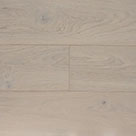 Light
Light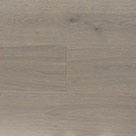 Grey
Grey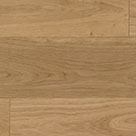 Natural
Natural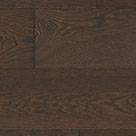 Dark
Dark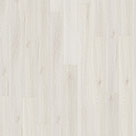 White
White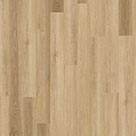 Light
Light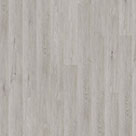 Grey
Grey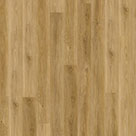 Natural
Natural Dark
Dark Black
Black